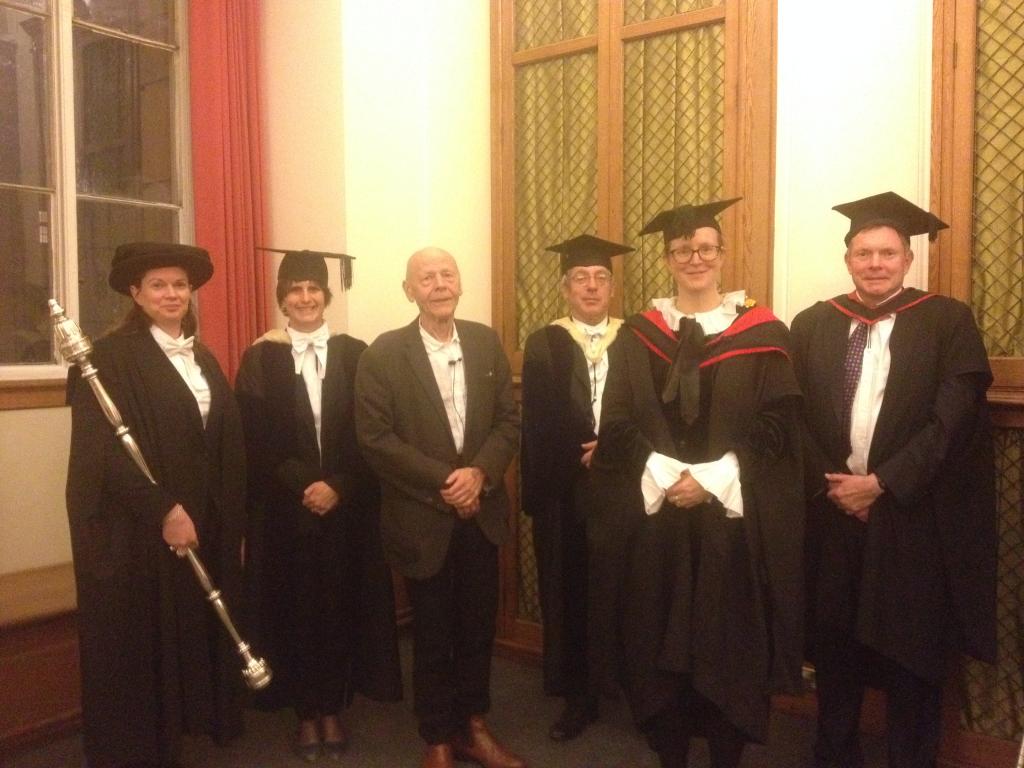
Pierre Michon gave the most recent Zaharoff Lecture, which you can see here.
I first came across the work of Pierre Michon in 1996, when a second-handbook seller in Aix-en-Provence recommended him to me as one of France’s best contemporary writers.
I’d recently read a review of his novel La Grande Beune in the TLS, but it turned out that Michon was not primarily a novelist, and the bookseller advised me to start with Vies minuscules. This was Michon’s first book, which had come out in 1984, inaugurating the trend that has rather loosely come to be known as “life-writing” or “auto-fiction”. It was also the foundation-stone of all Michon’s subsequent work, which (with two exceptions) isn’t fiction and is not—or not directly—autobiographical. Instead, he writes about the lives of others, and only incidentally about his own self-confessedly inordinate devotion to literature. It’s this combination that characterises all his writing.
Silence—the subject Michon’s 2018 Zaharoff lecture—is not an innocent topic for an author whose excessive and anachronistic reverence for literature had condemned him to years of what the French so graphically call “l’horreur de la page blanche”. Vies minuscules had been a long time in the making, and Michon was almost forty when it came out. In its own oblique way it tells the story of this painful delay as its author, the son of a divorced schoolteacher in the rural backwater of La Creuse in the Limousin, had struggled under the weight of the weight of literary precedent, the self-loathing victim of his own misplaced ambitions until he finally managed to write.
There’s always drama in this kind of story, and Michon tells it well: it was the combined example of the lives of the “petites gens” of his rural childhood which finally allowed him to break out of his silence. (And in Michon, where drama is all, silence doesn’t fade—it’s broken.) Elsewhere he explains that when he did eventually find a language it was thanks to the American novelist Faulkner, whose name would nonetheless have meant nothing to the orphan André Dufourneau whose story is the first in the sequence of the eight miniature biographies that make up the Vies minuscules, telling how Dufourneau left La Creuse to make his fortune in the African colonies, only to disappear from view and leave the young Michon and his grandmother to invent wildly fictional versions of his likely fate. Nor would the name Faulkner have meant anything to any of the other biographees, who include the self-deceiving peasant convinced that his criminal son has gone to America and not to prison; the old man dying in hospital and ashamed to confess his illiteracy; the swaggering curé who seduces his parishioners with the gorgeous rhetoric of his sermons and the leathers he wears on his motorbike, until he falls from grace through alcoholism and self-imposed aphasia. All are dead when Michon recalls them, but each of them is vividly resurrected by his prose.
Eloquence and inarticulacy, literary ambition and self-deceiving fantasy are the contradictory stuff of Michon’s own writing, and the books that followed the Vies minuscules were devoted to various marginal perspectives on the lives of great artists and writers: the rabidly republican postman who sat for Van Gogh in Vie de Joseph Roulin; the various associates of the poet Rimbaud in Rimbaud le fils; the painters Goya and Watteau seen from the margins of their lives in Maîtres et serviteurs. Other, more historically distant figures are rescued by Michon’s prose from the obscurity of the archives in Mythologies d’hiver and Abbés. La Grande Beune was Michon’s first excursus into fiction in 1995 with the story of a schoolteacher who arrives in a provincial backwater, lusts after the voluptuous village buraliste and discovers prehistoric art in the local caves. This was followed in 2009 by Les Onze which portrays the eleven (actual) members of the Committee of Public Safety during the French Revolution and recounts the painting of their (fictional) collective portrait by an equally fictional minor artist. This painting is said currently to hang in the Louvre, and Michon’s non-fictional literary manner had become so well established that many readers took him at his word and flocked to the gallery asking for directions to the great work.
Michon also writes very engagingly about writers—the great precursors whose weight had once been too much to bear: Balzac, Flaubert, Hugo, Beckett, Cingria, and Faulkner who turned weight into license. At one point, Michon remarks that literary criticism should aspire to be a kind of laus perennis: the perpetual adoration to which various religious orders devoted themselves during one of Michon’s favourite historical periods, the very early Middle Ages, and which exists today in the word-of-mouth recommendations of people like the second-hand bookseller in Aix-en-Provence. He turned out to be one of Michon’s oldest friends, but he was absolutely right to sing the writer’s praises to his curious customers. And it’s a chorus to which I am only too happy to add my voice.